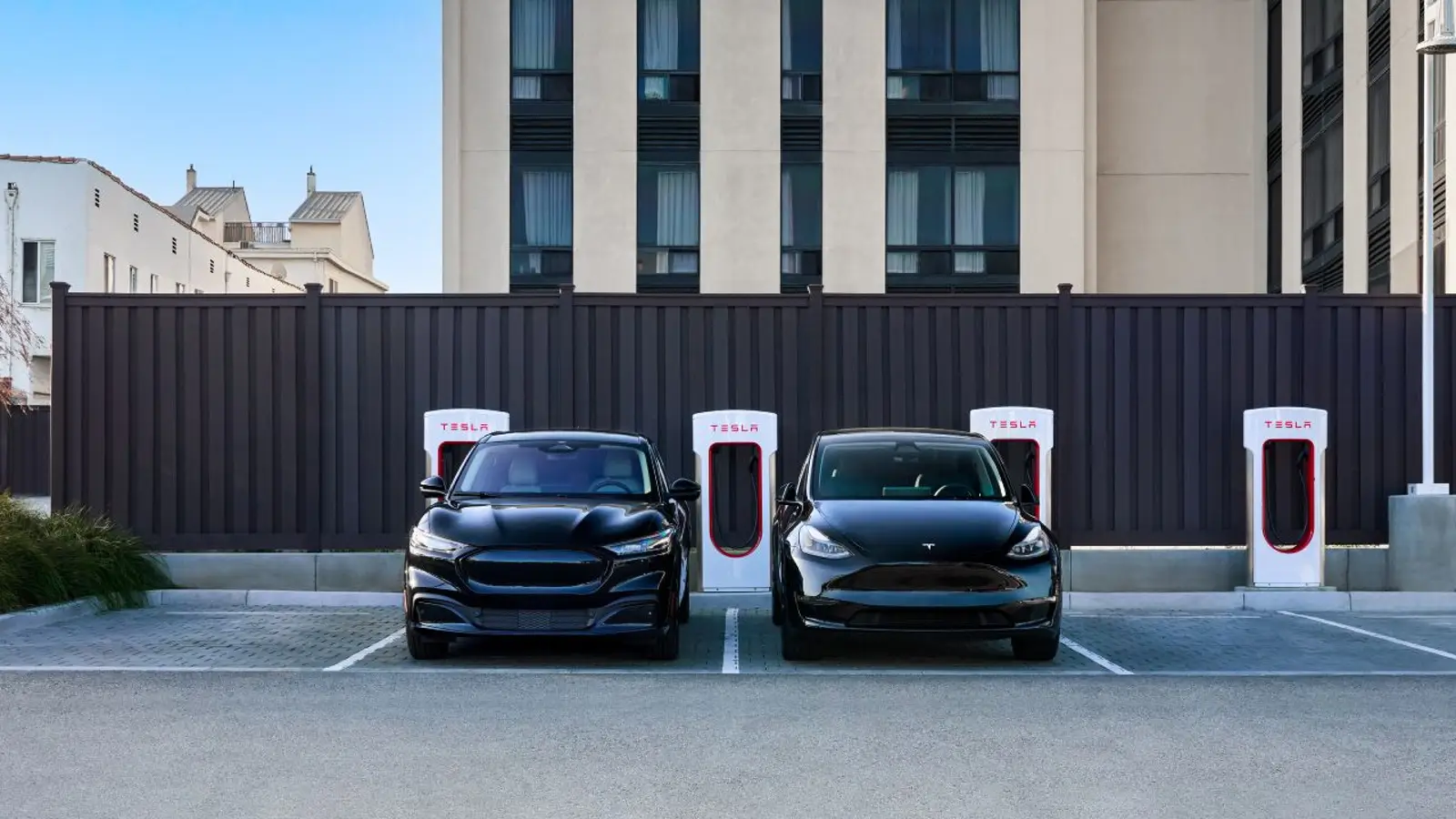Can Electric Cars Really Charge One Another?

Explore whether electric cars can charge each other, covering V2L, V2H, V2G technologies, real-world models, limitations, and future EV-to-EV charging trends.
Can electric vehicles charge each other? This question often surfaces in EV owners' discussions, sometimes turning into a persistent myth. In reality, the industry is moving closer to making energy sharing between cars possible, but technical and regulatory factors still keep this capability quite limited.
Bidirectional charging and its forms
Modern EVs are gradually learning not only to take energy but also to give it back. This concept is known as bidirectional charging. Several technologies fall under this umbrella:
- V2L (Vehicle-to-Load) – allows a car to power external devices, from an electric kettle to another EV.
- V2H (Vehicle-to-Home) – enables energy transfer to a home’s power system, for example during a blackout.
- V2G (Vehicle-to-Grid) – lets vehicles return stored energy to the grid to help balance supply and demand.
- V2V (Vehicle-to-Vehicle) – a subset of V2L, where one car provides power to another.
These technologies rely on international standards such as ISO 15118 and OCPP 2.1, which establish the framework for managing two-way energy flows.
Which EVs can do it today
The market is slowly introducing cars that can discharge energy. The Hyundai Ioniq 5, Kia EV6, and Genesis GV60 are all equipped with V2L functionality, delivering around 3.6–4 kW. In emergencies, one car can supply another with a cable, though the process is relatively slow.
Tesla launched its Powershare system on the Cybertruck in late 2023, allowing it to power a home or charge another vehicle at up to 11.5 kW. Ford’s F‑150 Lightning and Nissan Leaf participate in V2H and V2G pilot programs, while Mitsubishi and BYD offer similar features on select models.
Technical limitations
Full-scale EV-to-EV charging remains unavailable. You cannot directly charge another car’s traction battery — a standard EV can only top up a 12-volt auxiliary battery, much like a traditional jump start. Transferring significant amounts of energy requires compatible equipment, a certified bidirectional charger, and support for the proper communication protocols in both vehicles.
Even where V2V is possible, charging speeds are limited. For instance, the Hyundai Ioniq 5 delivers only about 3–4 kW, far less than typical charging stations. This makes it an emergency backup solution rather than a practical everyday option.
Research and future prospects
Researchers and engineers are actively exploring peer-to-peer charging concepts and wireless energy transfer between vehicles. Some prototypes and academic studies exist, but no commercial solutions are available yet.
Automakers are promising progress: Tesla aims to bring bidirectional charging to all models by 2025, Nissan and GM are developing affordable V2G technology, and Hyundai is running pilot programs in Europe. By the mid-2020s, wider adoption of V2H and V2G could also enable simplified V2V charging.
Conclusion
EVs can already share energy, but only in the limited V2L format. True car-to-car charging is not yet feasible due to power, standardization, and safety challenges. The outlook is promising: as technology and infrastructure evolve, bidirectional charging could become a common tool for EV owners, enabling more flexible and autonomous electric mobility.
Allen Garwin
2025, Jul 31 17:51


